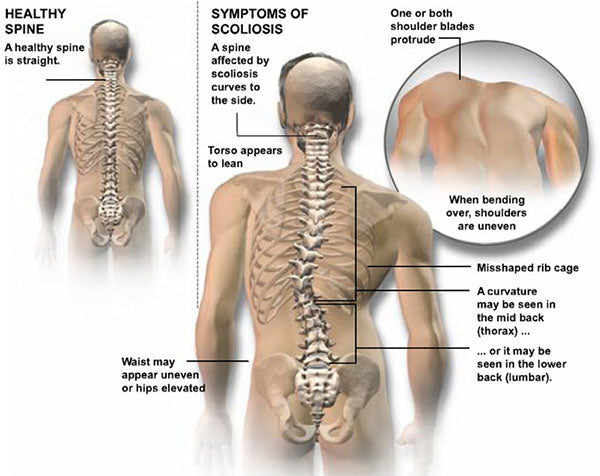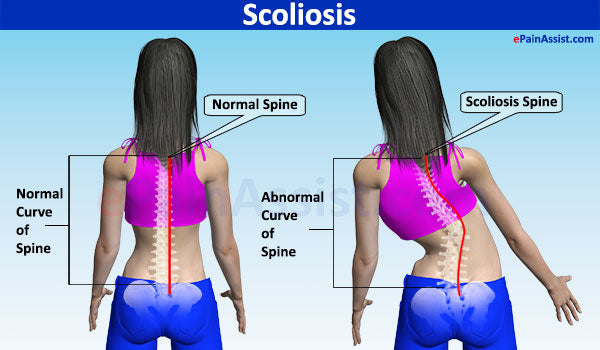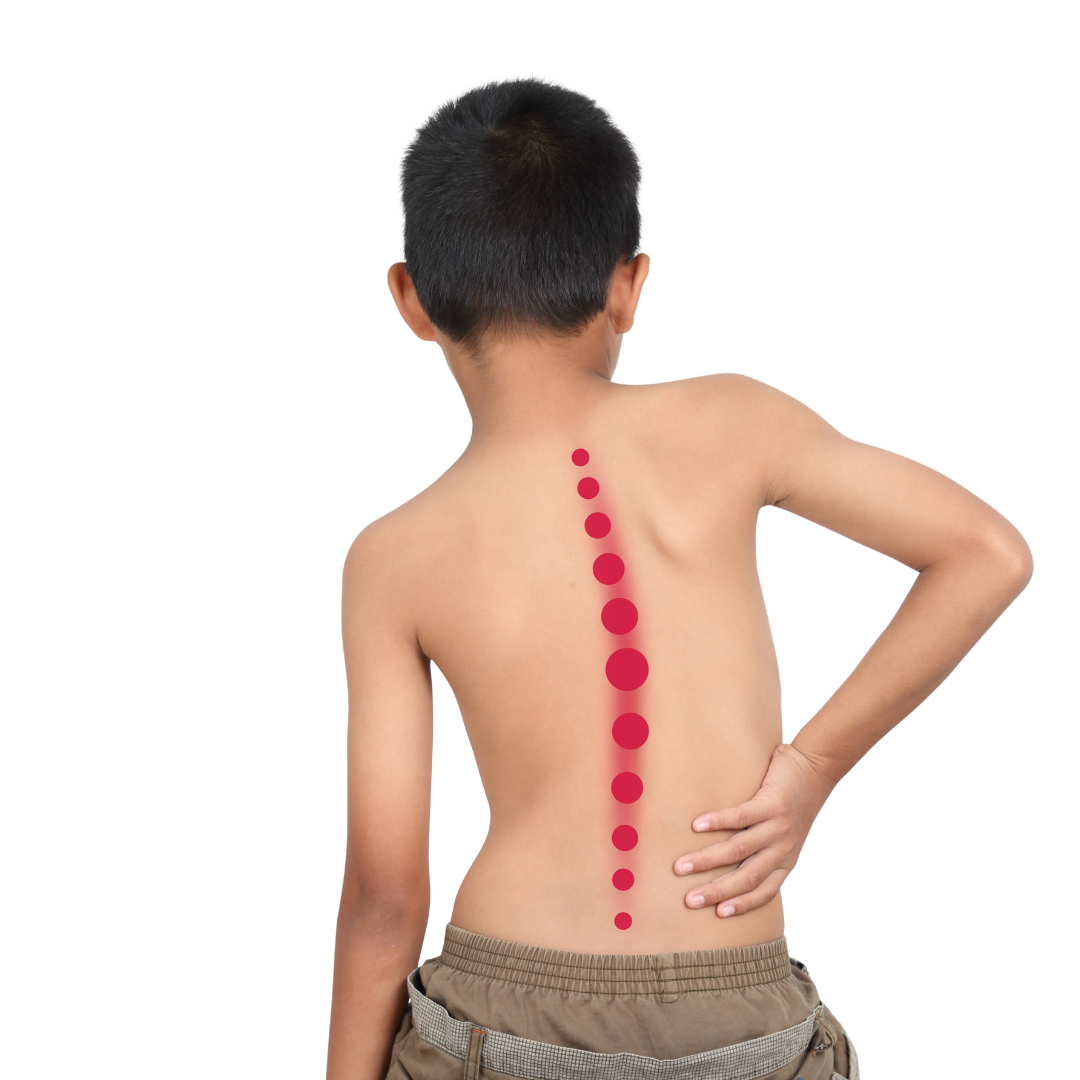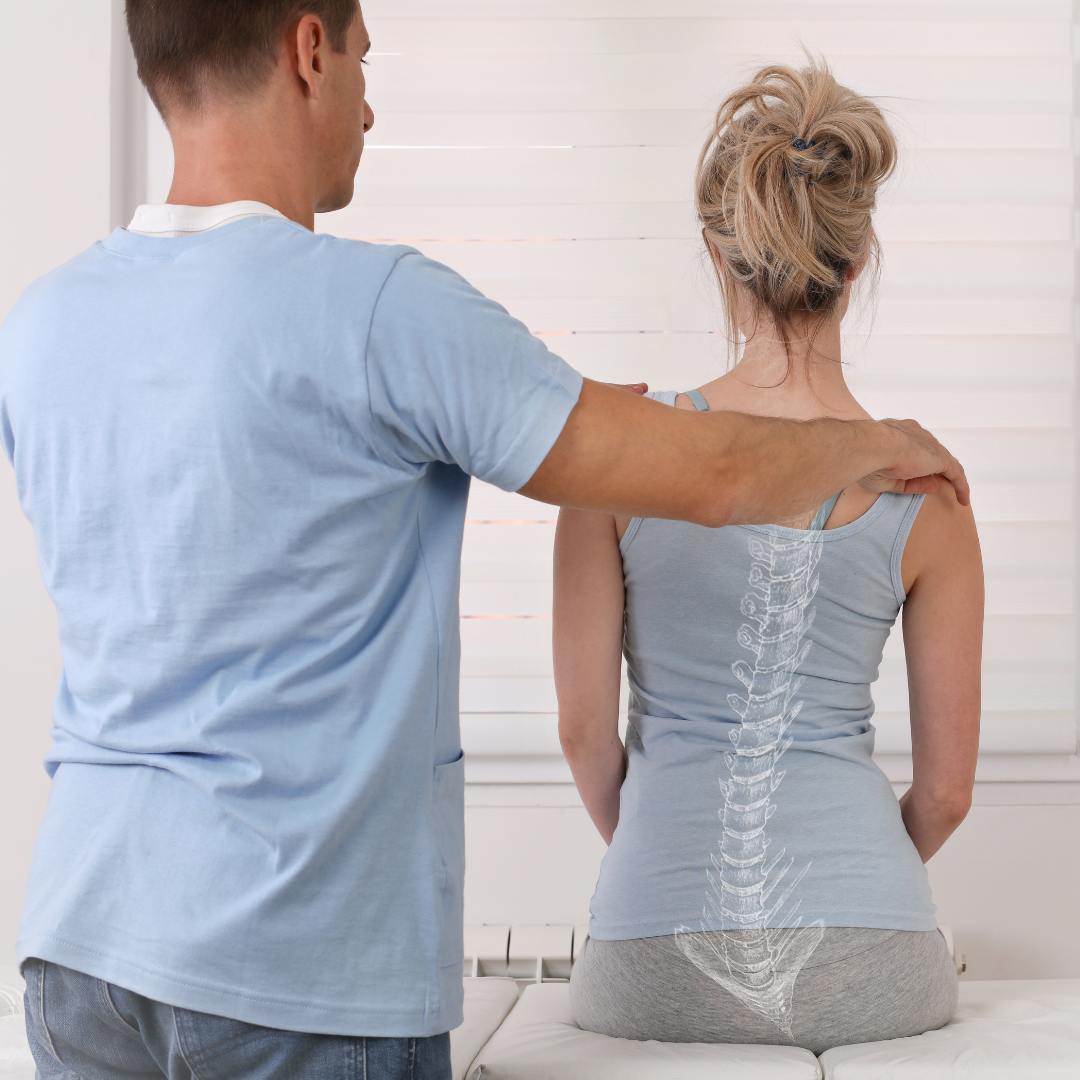
Scoliosis comes from the Greek words that means crookedness. When you have scoliosis, your spine’s straight position begins to bend sideways. It can take the form of a single curve (C-shaped) or as a double curve (S-shaped). The most commonly affected area is the mid spine, followed by the lower spine. Double curves usually involve both of these areas.
This condition most commonly occurs in the young, between 10 and 15 years old. Female are much more likely to have scoliosis than males.
Although most cases are quite mild, if scoliosis curves progress, they can represent a major health threat. Advanced scoliosis curvatures can contribute to chronic back pain, compression of lung and heart tissue, and a multitude of different nerve disorders. In addition, pronounced scoliosis can create a negative self-image.

What Causes Scoliosis?
Why scoliosis occurs in the spine is often a mystery. In fact, the most common form of this disorder is called adolescent idiopathic scoliosis (of unknown cause). In some people, scoliosis curves can be traced to structural abnormalities, such as incorrectly formed vertebrae or disc derangements. Other times, these curves can be linked to imbalances in the spinal musculature, nervous system disorders or leg length differences. If the lateral curve occurs in your mid spine, your rib position shifts in relation to their connections with this spinal area. Ribs that are on the convex of the scoliotic curve will protrude more than the ribs on the other side. Scoliosis is typically classified as mild, moderate, or severe.

Types of Scoliosis

Treatment Options
Treatment options vary widely from patient to patient depending on a variety of different factors. A thorough exam and any additional studies will be performed first to evaluate the scoliosis and determine what treatment is best suitable for that patient. For mild scoliosis curves, the patient is usually only monitored for progression. Most people with mild curvatures don’t experience bouts of back pain any more than the normal population. However, if the curve shows signs of rapid progression or increases beyond 30 degrees, treatment is recommended.A specific treatment plan will be produced, but can include monitoring, chiropractic adjustments, at home exercises or a physical therapy program. In cases where the scoliosis has progressed to a higher degree angle, more invasive options may be needed such as bracing or surgery due to the health concerns.
Because of the dangerous nature of a scoliosis curve, parents are advised to watch for signs their child’s spine is starting to bend. The symptoms include uneven hips or shoulders, or the body leaning to one side.

